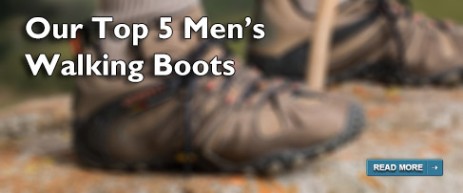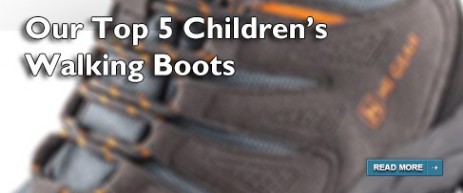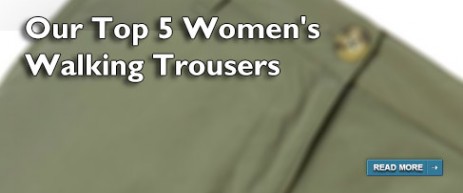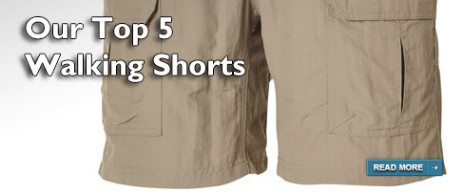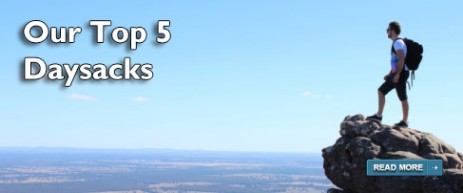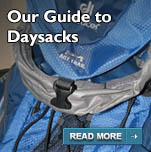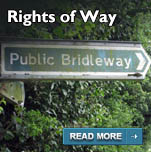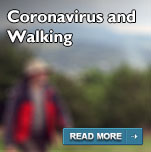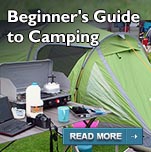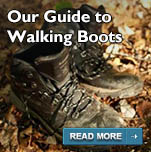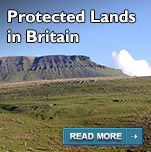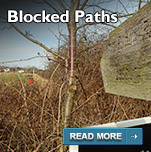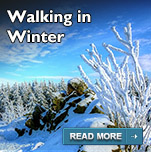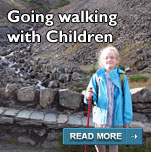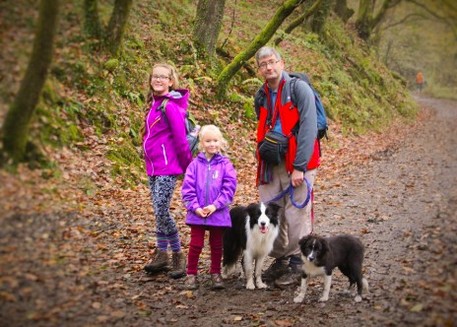
Where to walk?
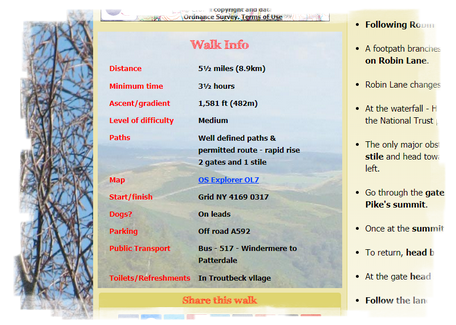
What will the walk be like?
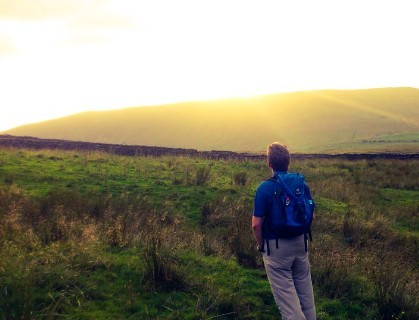
What do you need to wear?
Well, you can go out walking wearing jeans and trainers and a can of cola - but we don't advise that if you want to be comfortable and enjoy your walk. Having said that, you perhaps don't need extreme boots, expensive all weather jackets and a pack more suitable to mountain explorers. It's horses for courses.
Some of the walks on the Walks Around Britain website go through areas which are pretty exposed, and although these are often the best and most rewarding walks, you certainly won't enjoy them if you're frozen to the bone and soaking wet... Even on bright days, the weather in Britain can change very quickly - so you need to be prepared.
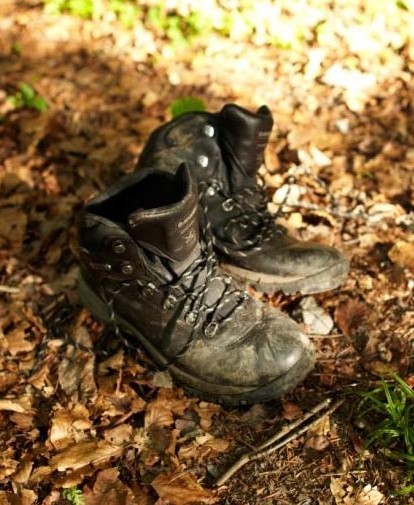
Footwear
Walking boots are the best as they provide you with ankle support - essential over uneven ground. A lightweight pair should be fine if you're not going to climb the Lake District's highest fells or over rugged terrain.
Online retailers may be cheaper, but the best place to buy a boot is a local outdoor shop. They'll be able to check the ones you want fit well and are comfortable. A local outdoor shop might be more expensive than an online retailer, but you can get help and advice in getting the right boots.
Make sure you "break in" new walking boots before you go out seriously walking in them. Use them for a couple of weeks before your first trip and gradually increase the length of time you wear the boots. When the stiffness is gone and you feel comfortable in them, that's the time to go on your walk.
For more advice about Walking Boots, look at our guide here.
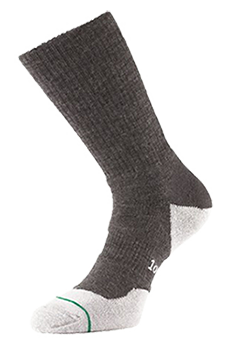
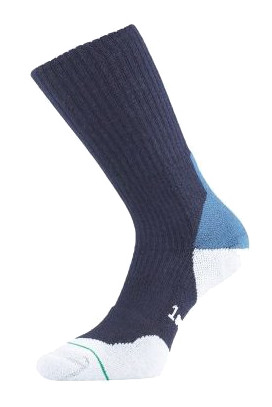
The best socks don't bunch up in your chosen boots and should take sweat away from your skin.
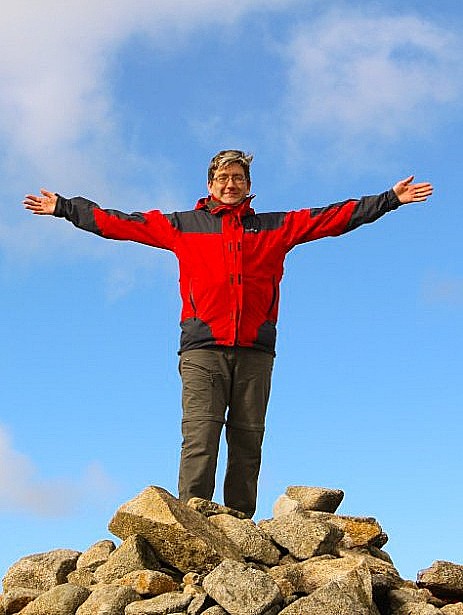
Waterproof jacket with hood
- Waterproofing can fail if the jacket is washed incorrectly - for example, most waterproofs can not be washed with fabric softener.
- Also not looking after waterproofs with care can affect their performance - so pay attention to the place where you store your jacket.
Some waterproofs can be re-energised by a quick spin in a tumble dryer.
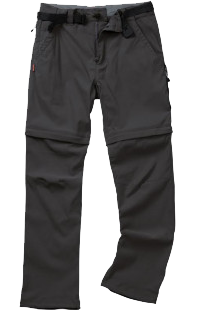
Trousers that will dry quickly - not jeans!

Hat and gloves in the cooler months / Sunhat or cap in the hotter months
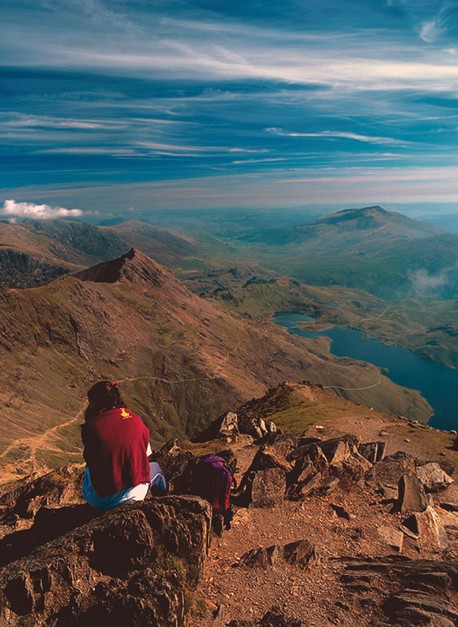
Layers
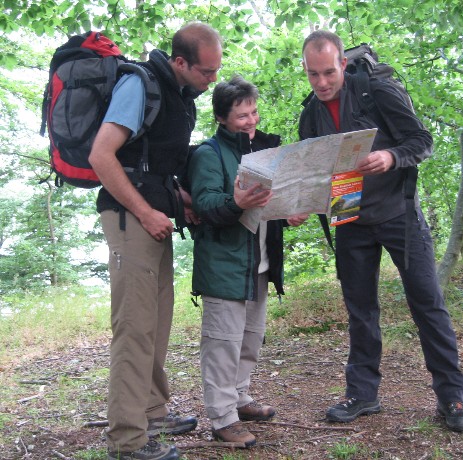
The right OS Map for the walk you are doing
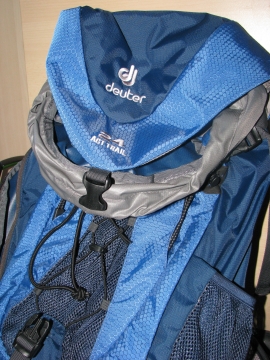
Rucksack / Backpack
- When buying a rucksack, try it on, and don't just go for the biggest size - it is pointless carrying a large, half-empty rucksack, when a smaller, better filled one would do.
For more advice about Daysacks, look at our guide here.
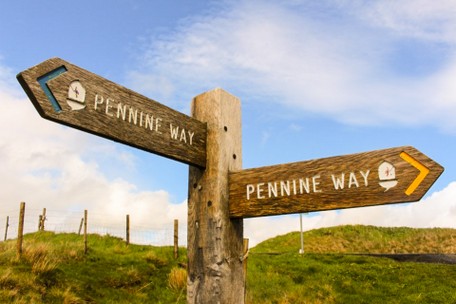
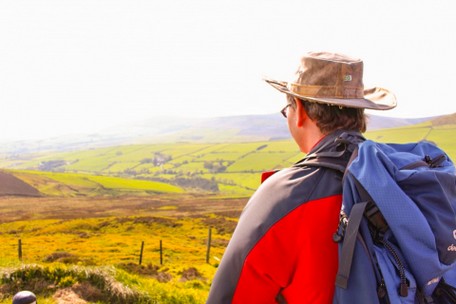
Other items we advise are...
More food and water than you think you'll need (at least ½ litre of water for every 5 miles, and more on a hot day)
Basic First Aid kit
Sunglasses and suntan lotion in sunny weather
Cash for phone box to phone if something goes wrong - remote areas often don't have mobile reception and many rural phone boxes don't take cards
Spare clothes in a bag inside your Rucksack.
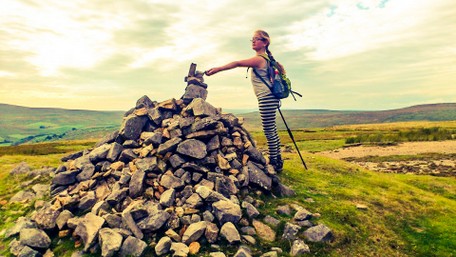
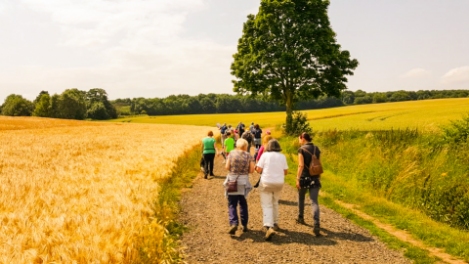
You might also want to bring...
Torch - especially longer walks in the winter
Gaiters - great if mud or rain are likely are your route. These protect your boots and trousers.
Flask of a hot drink - tea, coffee, hot chocolate or soup
Insect repellent
Towel
Walking poles - if you find them useful.


